Jean Arp - Original Lithograph 1962 Dimensions: 32 x 24 cm XXe siècle Jean Arp B. 1886, STRASSBURG, GERMANY; D. 1966, BASEL Jean Arp was born Hans Arp on September 16, 1886, in Strassburg. In 1904, after leaving the Ecole des Arts et Métiers, Strasbourg, he visited Paris and published his poetry for the first time. From 1905 to 1907, Arp studied at the Kunstschule, Weimar, and in 1908 went to Paris, where he attended the Académie Julian. In 1909, he moved to Switzerland and in 1911 was a founder of the Moderner Bund group there. The following year, he met Robert and Sonia Delaunay in Paris and Vasily Kandinsky in Munich. Arp participated in the Erste deutsche Herbstsalon in 1913 at the gallery Der Sturm, Berlin. After returning to Paris in 1914, he became acquainted with Guillaume Apollinaire, Max Jacob, Amadeo Modigliani, and Pablo Picasso. In 1915, he moved to Zurich, where he executed collages and tapestries, often in collaboration with his future wife Sophie Taeuber (who became known as Sophie Taeuber-Arp after they married in 1922). In 1916, Hugo Ball opened the Cabaret Voltaire, which was to become the center of Dada activities in Zurich for a group that included Arp, Marcel Janco, Tristan Tzara, and others. Arp continued his involvement with Dada after moving to Cologne in 1919. In 1922, he participated in the Kongress der Konstruktivisten in Weimar and the Exposition Internationale Dada at Galerie Montaigne in Paris. Soon thereafter, he began contributing to magazines such as Merz, Mécano, De Stijl, and later to La Révolution surréaliste. Arp’s work appeared in the first exhibition of the Surrealist group at the Galerie Pierre, Paris, in 1925. In 1926, he settled in Meudon, France. In 1931, Arp was associated with the Paris-based group Abstraction-Création and the periodical Transition. Throughout the 1930s and until the end of his life, he continued to write and publish poetry and essays. In 1942, he fled Meudon for Zurich; he was to make Meudon his primary residence again in 1946. The artist visited New York in 1949 on the occasion of his solo show at Curt Valentin’s Buchholz Gallery. In 1950, he was invited to execute a relief for the Harvard Graduate Center in Cambridge, Massachusetts. In 1954, Arp received the Grand Prize for Sculpture at the Venice Biennale. A retrospective of his work was held at the Museum of Modern Art, New York, in 1958, followed by another at the Musée National d’Art Moderne, Paris, in 1962. Arp died June 7, 1966, in Basel.
Jean Arp - Litografía original 1962 Dimensiones: 32 x 24 cm XXe siècle Jean Arp Nacido en 1886 en Estrasburgo (Alemania) y fallecido en 1966 en Basilea Jean Arp nació como Hans Arp el 16 de septiembre de 1886 en Estrasburgo. En 1904, tras dejar la Escuela de Artes y Oficios de Estrasburgo, visitó París y publicó por primera vez su poesía. De 1905 a 1907, Arp estudió en la Kunstschule de Weimar, y en 1908 fue a París, donde asistió a la Académie Julian. En 1909 se trasladó a Suiza y en 1911 fue uno de los fundadores del grupo Moderner Bund. Al año siguiente, conoció a Robert y Sonia Delaunay en París y a Vasily Kandinsky en Múnich. Arp participó en el Erste deutsche Herbstsalon de 1913 en la galería Der Sturm de Berlín. Tras regresar a París en 1914, se relacionó con Guillaume Apollinaire, Max Jacob, Amadeo Modigliani y Pablo Picasso. En 1915 se trasladó a Zúrich, donde realizó collages y tapices, a menudo en colaboración con su futura esposa Sophie Taeuber (que pasó a llamarse Sophie Taeuber-Arp tras casarse en 1922). En 1916, Hugo Ball abrió el Cabaret Voltaire, que se convertiría en el centro de las actividades dadaístas en Zúrich para un grupo que incluía a Arp, Marcel Janco, Tristan Tzara y otros. Arp continuó su relación con el dadaísmo tras trasladarse a Colonia en 1919. En 1922 participó en el Kongress der Konstruktivisten de Weimar y en la Exposition Internationale Dada de la Galerie Montaigne de París. Poco después, comenzó a colaborar con revistas como Merz, Mécano, De Stijl y, más tarde, con La Révolution surréaliste. La obra de Arp apareció en la primera exposición del grupo surrealista en la Galería Pierre de París en 1925. En 1926 se instaló en Meudon, Francia. En 1931, Arp se asoció al grupo parisino Abstraction-Création y a la revista Transition. A lo largo de la década de 1930 y hasta el final de su vida, siguió escribiendo y publicando poesía y ensayos. En 1942, huyó de Meudon a Zúrich; volvería a hacer de Meudon su residencia principal en 1946. El artista visitó Nueva York en 1949 con motivo de su exposición individual en la Galería Buchholz de Curt Valentin. En 1950, fue invitado a realizar un relieve para el Harvard Graduate Center de Cambridge, Massachusetts. En 1954, Arp recibió el Gran Premio de Escultura de la Bienal de Venecia. En 1958 se celebró una retrospectiva de su obra en el Museo de Arte Moderno de Nueva York, seguida de otra en el Museo Nacional de Arte Moderno de París en 1962. Arp murió el 7 de junio de 1966 en Basilea.
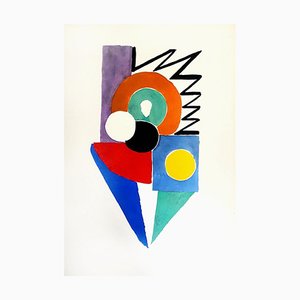
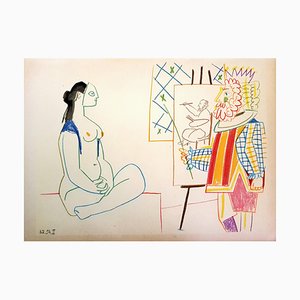
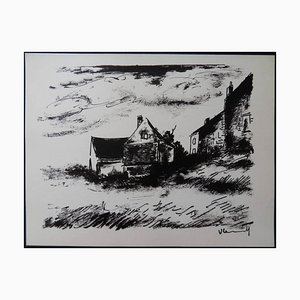
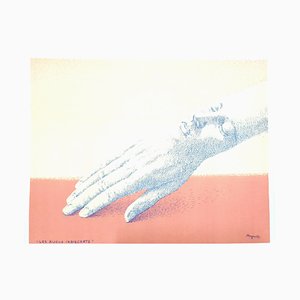

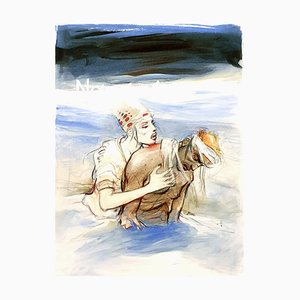
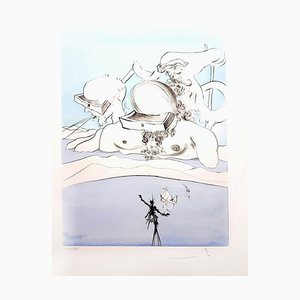
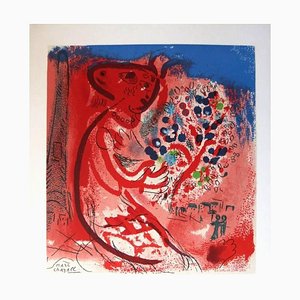

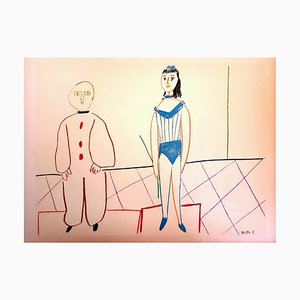
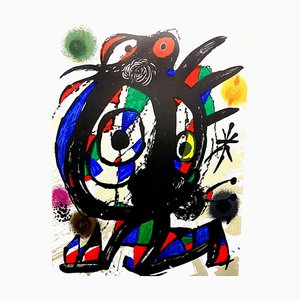
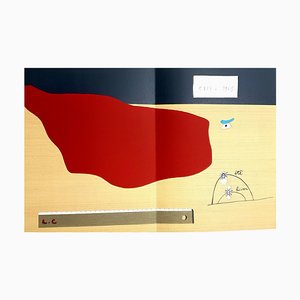
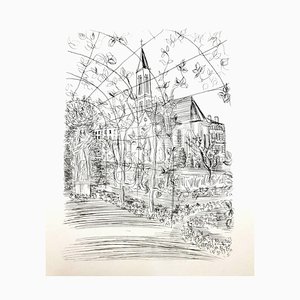
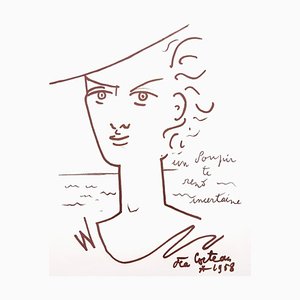
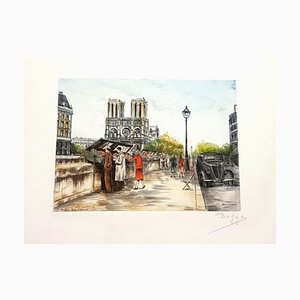
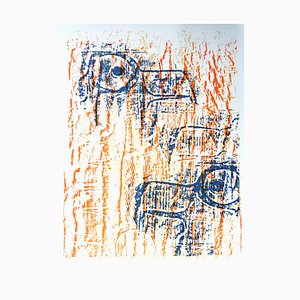
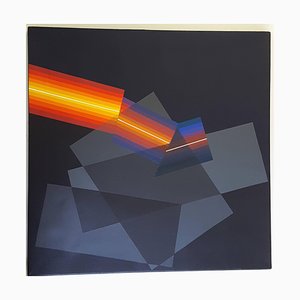
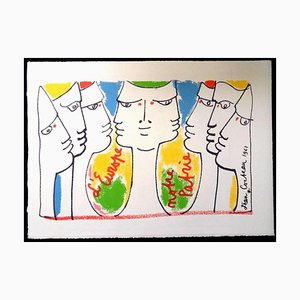

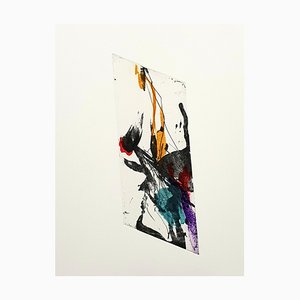
Contacta con nosotros
Haz una oferta
¡Hemos notado que eres nuevo en Pamono!
Por favor, acepta los Términos y condiciones y nuestra Política de privacidad
Contacta con nosotros
Haz una oferta
¡Ya casi está!
Para seguir la conversación en la plataforma, por favor completa el registro. Para proceder con tu oferta en la plataforma, por favor completa el registro.Exitoso
Gracias por tu consulta, alguien de nuestro equipo se pondrá en contacto contigo en breve.
Si eres profesional del diseño, por favor solicita aquí los beneficios del Programa comercial de Pamono